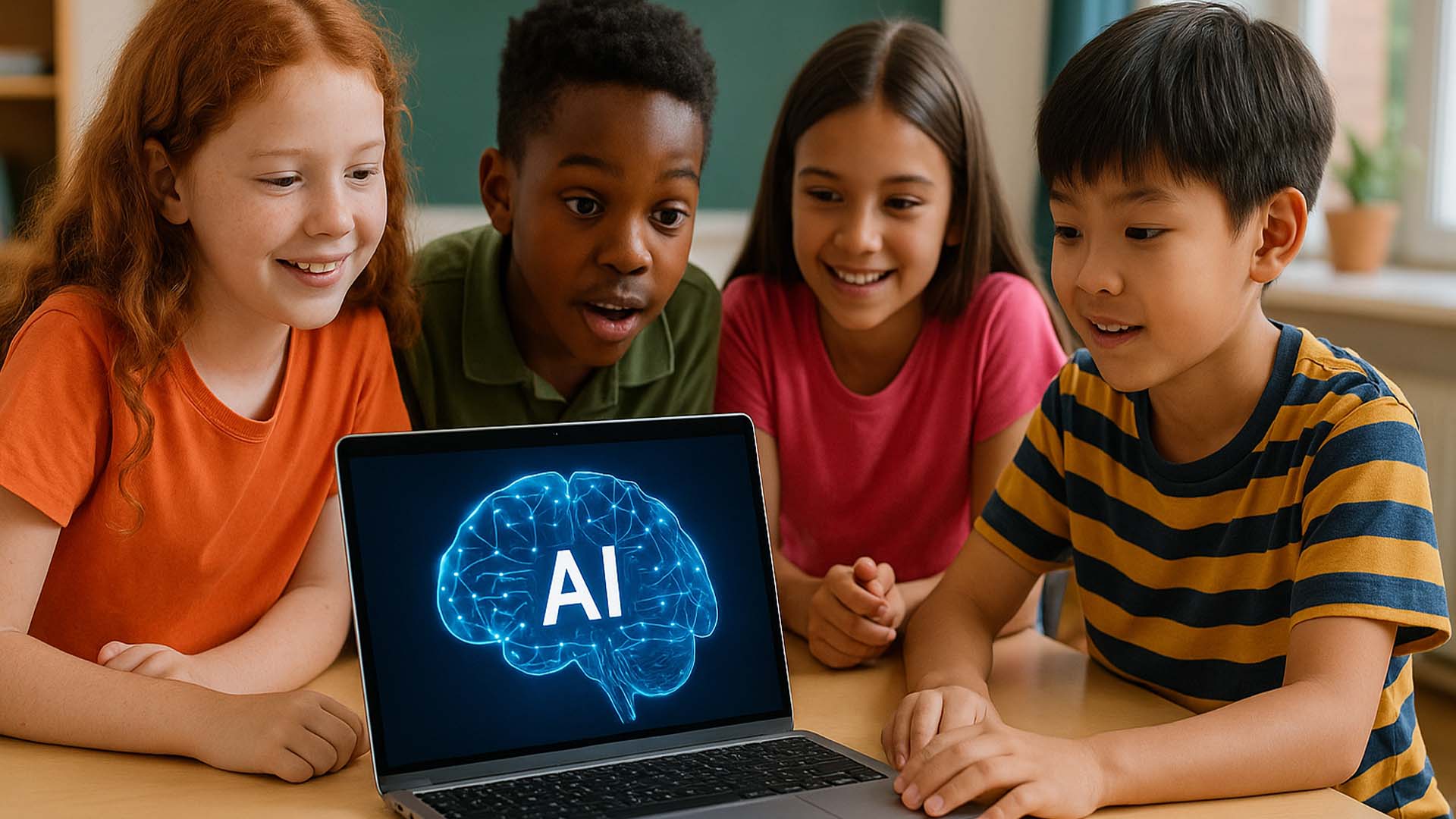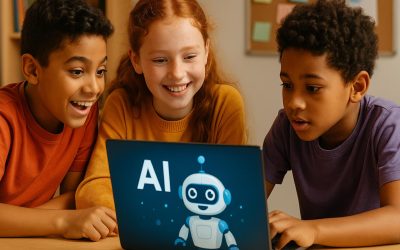Artificial Intelligence (AI) is rapidly transforming various sectors, and education is no exception. From personalized learning experiences to automated grading, AI is poised to revolutionize how students learn and teachers teach. This article explores the exciting potential of AI in education, highlighting its benefits, challenges, and the ethical considerations that come with its integration into classrooms worldwide.
What is AI in Education?
AI in education refers to the application of artificial intelligence technologies to enhance learning, teaching, and administrative processes within educational settings. This can include a wide range of applications, such as:
- Personalized Learning: AI algorithms can analyze a student’s learning style, pace, and knowledge gaps to create customized learning paths and recommend resources tailored to their individual needs.
- Intelligent Tutoring Systems: AI-powered tutors can provide real-time feedback, answer student questions, and offer explanations, acting as a supplementary learning resource.
- Automated Grading and Feedback: AI can assist teachers by automating the grading of assignments, providing instant feedback to students, and identifying areas where students might need additional support.
- Content Creation: AI tools can help generate educational content, such as quizzes, summaries, and even lesson plans, freeing up teachers’ time for more direct student interaction.
- Data Analytics: AI can analyze large datasets of student performance to identify trends, predict learning difficulties, and inform instructional strategies.
Benefits of AI in Education
The integration of AI in education offers several compelling benefits:
- Enhanced Personalization: Students receive instruction and resources that are precisely matched to their learning needs, leading to more effective and engaging learning experiences.
- Increased Efficiency for Educators: AI can automate repetitive tasks, allowing teachers to focus more on individual student support, creative lesson planning, and professional development.
- Improved Accessibility: AI-powered tools can provide accommodations for students with diverse learning needs, such as text-to-speech for visually impaired students or language translation for non-native speakers.
- Data-Driven Insights: Educators can gain valuable insights into student progress and learning patterns, enabling them to make more informed decisions about curriculum and instruction.
Challenges and Ethical Considerations
Despite its potential, the widespread adoption of AI in education also presents challenges and ethical considerations:
- Data Privacy and Security: Protecting student data and ensuring its ethical use is paramount. Robust security measures and clear privacy policies are essential.
- Bias in Algorithms: AI algorithms can perpetuate existing biases if not carefully designed and monitored, potentially leading to unfair outcomes for certain student groups.
- Teacher Training: Educators need adequate training and support to effectively integrate AI tools into their teaching practices.
- Equity of Access: Ensuring that all students have equitable access to AI-powered learning tools, regardless of their socioeconomic background, is crucial.
- Human Connection: While AI can enhance learning, it should not replace the invaluable human connection and mentorship provided by teachers.
Q&A: AI in Education – Your Questions Answered
Q1: Will AI replace teachers?
A1: Most experts agree that AI will not replace teachers but rather augment their capabilities. AI can handle routine tasks, allowing teachers to focus on higher-level activities like critical thinking, creativity, and socio-emotional development. The human element of teaching, including empathy, mentorship, and complex problem-solving, remains irreplaceable.
Q2: How can parents ensure their child’s data is safe with AI educational tools?
A2: Parents should research the privacy policies of any educational AI tool their child uses. Look for tools that are compliant with data protection regulations (like COPPA or GDPR), have strong encryption, and clearly outline how data is collected, used, and stored. Encourage open communication with your child about online safety.
Q3: What are some examples of AI tools currently used in classrooms?
A3: Examples include adaptive learning platforms that adjust content difficulty based on student performance, AI-powered writing assistants that provide feedback on essays, and intelligent tutoring systems for subjects like math and science. Some schools also use AI for administrative tasks like scheduling and attendance tracking.
Q4: How can AI help students with learning disabilities?
A4: AI can offer personalized support, such as text-to-speech and speech-to-text tools, intelligent feedback on assignments, and adaptive learning materials that cater to different learning styles. It can also help identify learning patterns and provide targeted interventions.
Sources
[1] UNESCO. (2021). AI and education: A guide for policy-makers. https://unesdoc.unesco.org/ark:/48223/pf0000376709
[2] World Economic Forum. (2020). The Future of Jobs Report 2020. https://www.weforum.org/reports/the-future-of-jobs-report-2020/
[3] International Society for Technology in Education (ISTE). AI in Education. https://www.iste.org/








0 Comments